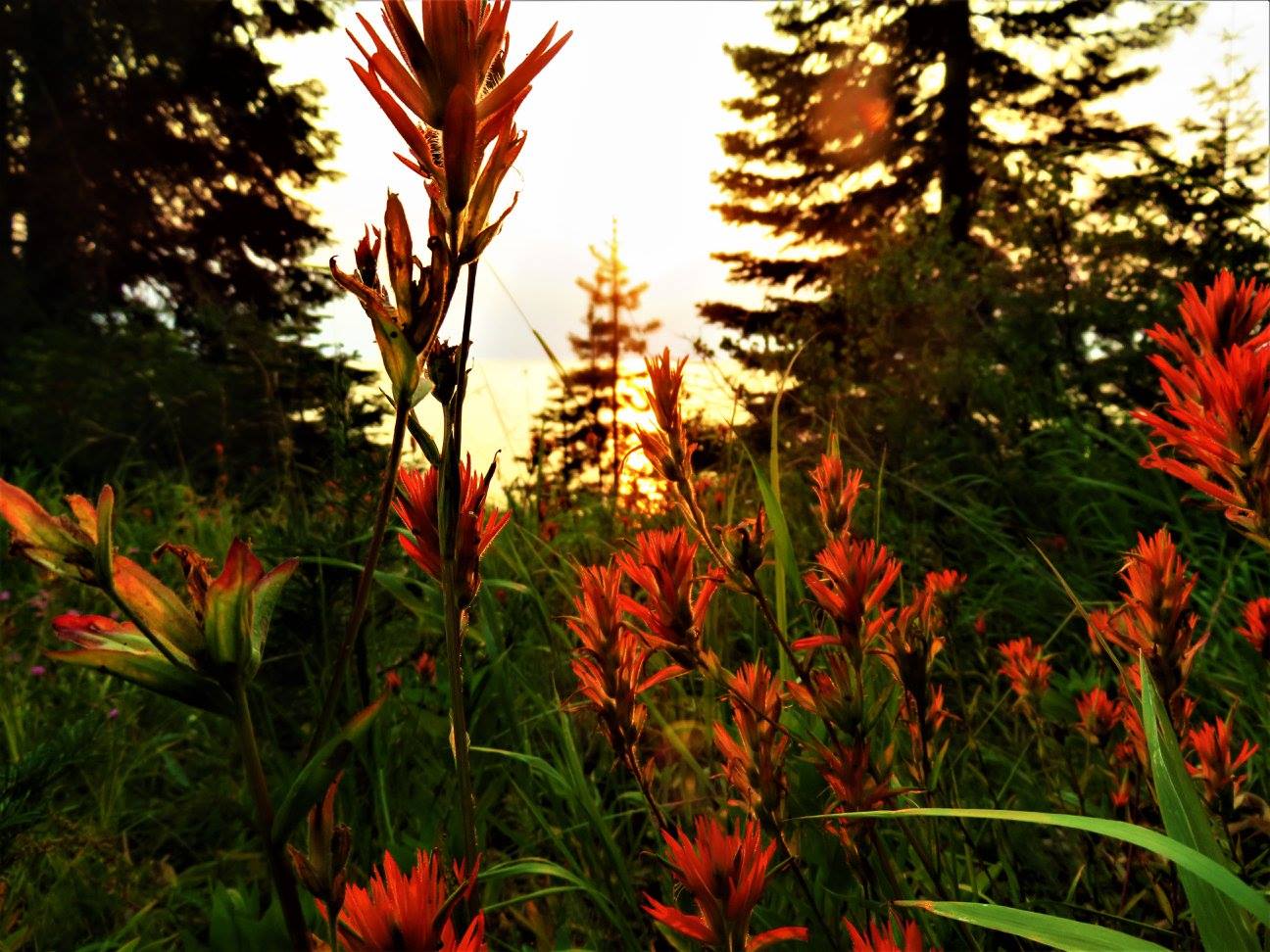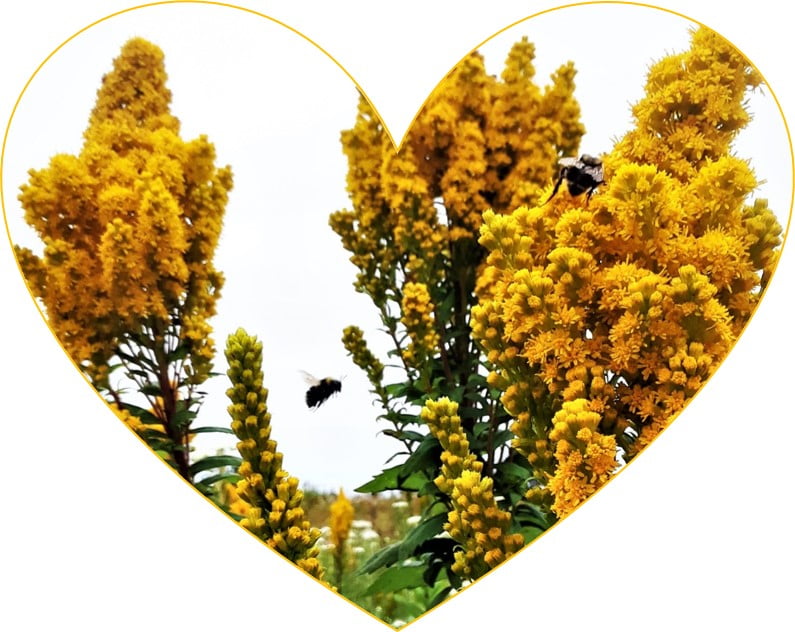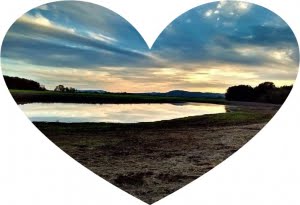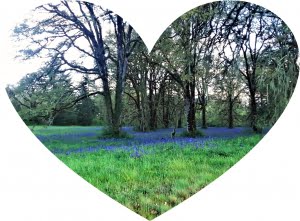
Four Reasons to Love Prairies

Soil
Long rooting depths of perennial plants have numerous benefits. The root network holds soil together, preventing erosion and absorbing leftover fertilizers from nearby fields. The decomposition of plant materials, helps to rebuild top soil, an especially important service in a region with high agricultural activity.
Prairie roots are also very effective in sequestering carbon from the atmosphere. Carbon is taken in from the atmosphere and is converted into plant tissues. Forests can also perform this service, however, these carbon stores are less secure because they are susceptible to wildland fires and other natural disaster. Prairies, on the other hand store the majority of carbon they collect in their roots, thus making their stores more secure.
Pollinators
Prairies provide a shelter and food to a wide variety of pollinating insects. Higher diversity of flowering species and varied vegetative structure provide the potential to support a wider range of species, than most agricultural fields. This can greatly benefit orchards and vegetable fields located near prairie patches.


Hydrology
Prairie root systems help hold topsoil together, reducing soil erosion. This in turn helps to protect water quality.
Wet prairies also serve as water storage during heavy rain events, slowing and absorbing rainfall which could potentially lead to flooding. This service is particularly useful in urban areas, as paved areas do absorb water, thus increasing the amount of water running off of these areas.
Cultural
Native prairies have long provided a wide variety of services for native peoples of the Willamette Valley. Species such as common camas (Camassia quamash), Yampa (Perideridia spp.), and tarweed ( Madia spp.) are significant traditional food sources. Many species of reed (juncus spp) and willow are important basket and clothing materials.
Prairies also have recreational value, offering a scenic backdrop for hiking, birdwatching, and on some sites, hunting and fishing.
We have events to increase your love for prairies: volunteer, become a member, or join IAE staff for a hike. Check our calendar and Facebook page to keep updated on IAE's events.

Restoration
Research
Education
Get Involved
Contact
Main Office:
4950 SW Hout Street
Corvallis, OR 97333-9598
541-753-3099
info@appliedeco.org
Southwest Office:
1202 Parkway Dr. Suite B
Santa Fe, NM 87507
(505) 490-4910
swprogram@appliedeco.org
© 2025 Institute for Applied Ecology | Privacy Policy
